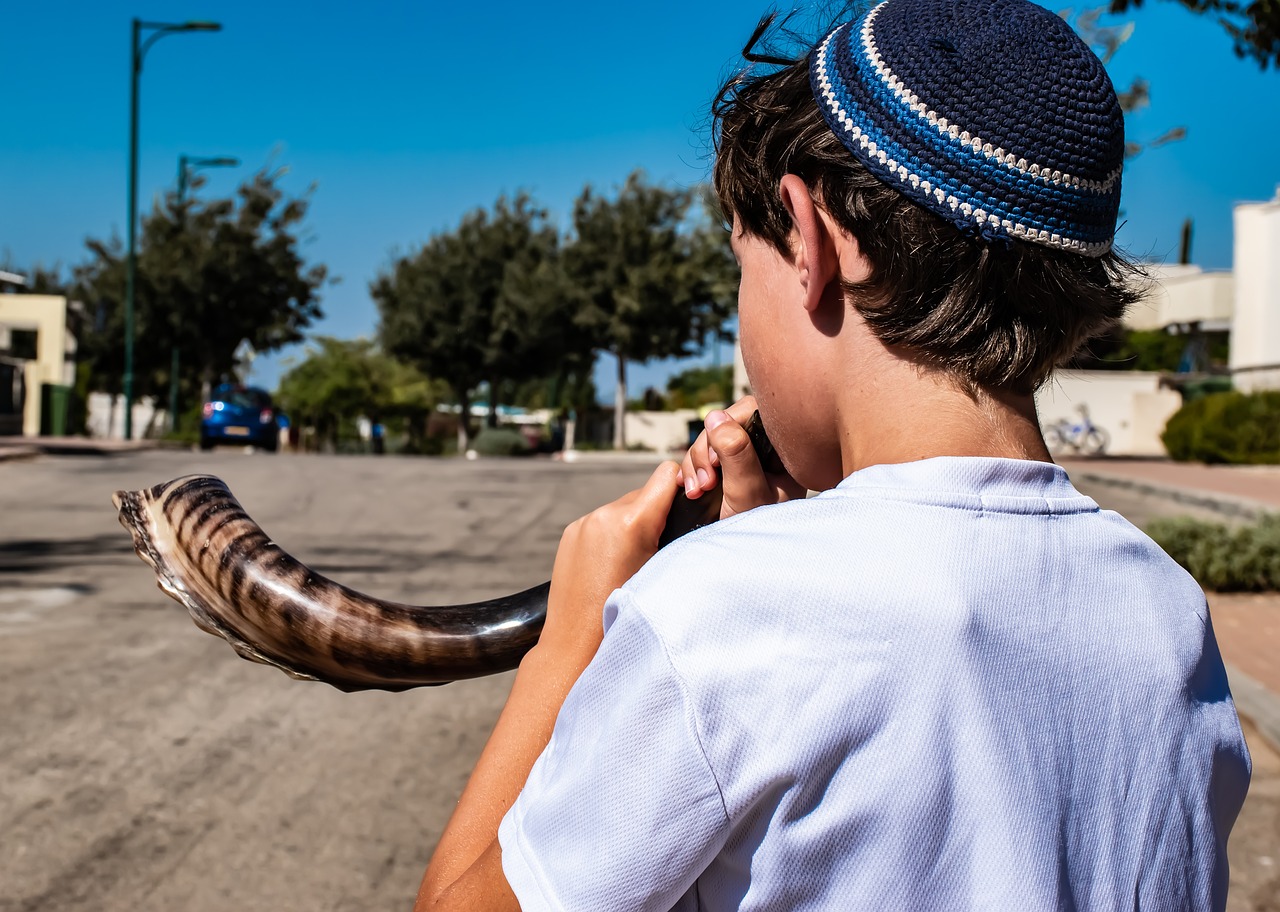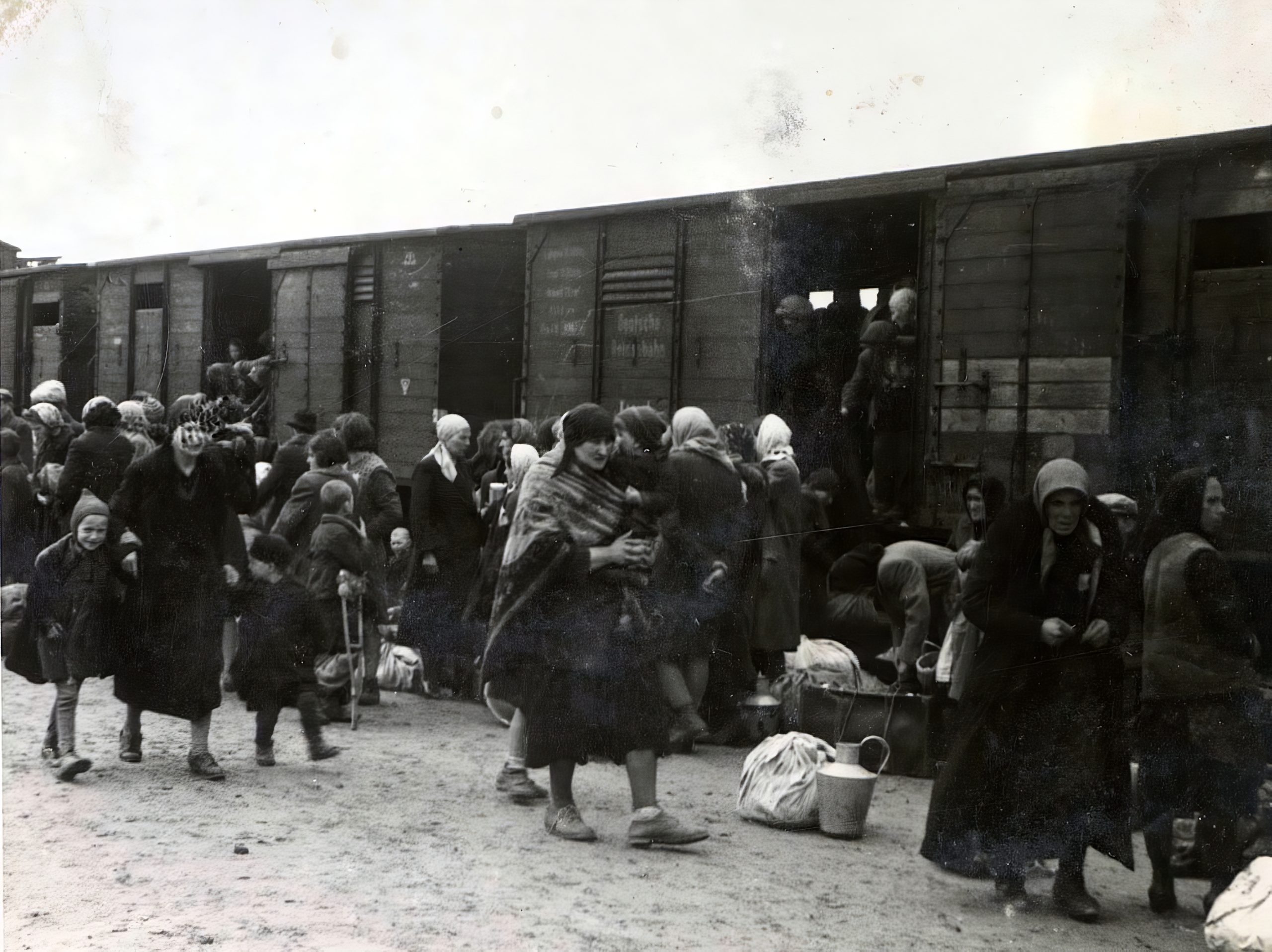
He concluded his message with the heartfelt wish that everyone may experience a good year.Continue reading

President of the Republic Tamás Sulyok traveled to Auschwitz, Poland to commemorate the victims of the Holocaust, visiting the memorial museum at the site of the Nazi German death camp on Saturday.
The President laid a wreath in front of the so-called Death Wall, where thousands of people were shot. He also lit a candle in memory of the Hungarian victims of the Holocaust at Auschwitz I and at the Hungarian-language memorial plaque at Auschwitz II-Birkenau.

The Auschwitz-Birkenau concentration camp, 1944. Photo: Fortepan / Lili Jacob
The Head of State emphasized during the visit:
I came because every Hungarian must come here one day to see what human evil is capable of. The lives destroyed here cannot be forgotten and cannot be replaced.
Many of them were my compatriots, belonging to us. Walking through the barracks, I feel that pain or sadness is not enough. It requires a firm commitment to good and against evil. We must never let anyone be taken from us again.”
The human being is sacred.
Never again!Auschwitz-Birkenau, 12/10/2024 pic.twitter.com/usLgpEJ45V
— Dr. Tamás Sulyok (@DrTamasSulyok) October 12, 2024
The Memorial and Museum Auschwitz-Birkenau was founded in 1947 on the initiative of former prisoners. Nazi Germany originally set up Auschwitz I concentration camp for Polish prisoners in 1940 on Polish occupied territory, and the Birkenau camp was built nearby two years later.
According to the institution, the number of prisoners held in the camp complex was as high as 1.3 million, while the number of people murdered in the death camp was at least 1.1 million.
From May 15 to July 8, 1944, almost 440,000 Hungarian Jews were deported to Auschwitz, which became the main site of their extermination.

The gate of the concentration camp. Photo: Fortepan / Morvay Kinga
According to the museum, 325,000 to 330,000 people were exterminated in gas chambers immediately after their arrival, and some 25,000 were murdered later.
The Holocaust (1933-1945) was the systematic, state-sponsored persecution and murder of six million European Jews by the Nazi German regime. The Holocaust era began in January 1933, when Adolf Hitler and the Nazi Party came to power in Germany. It ended in May 1945 when the Allied Powers (United Kingdom, the Soviet Union, the United States, and China) defeated Nazi Germany in World War II. The Holocaust affected nearly all of Europe’s Jewish population, which in 1933, numbered nine million people. Throughout German-controlled and aligned territories, the persecution of Jews took a variety of forms:
Hungarian Jews were deported after the German occupation, after March 19, 1944.
The Hungarian President’s visit to Auschwitz coincided with Yom Kippur (lit. Day of Atonement), Israel’s annual holiday and the holiest day of the year in Judaism. It occurs annually on the 10th of Tishrei (the first month of the civil year and the seventh month of the ecclesiastical year in the Hebrew calendar), corresponding to a date in late September or early October.
Via MTI; Featured image via Facebook/Dr. Sulyok Tamás